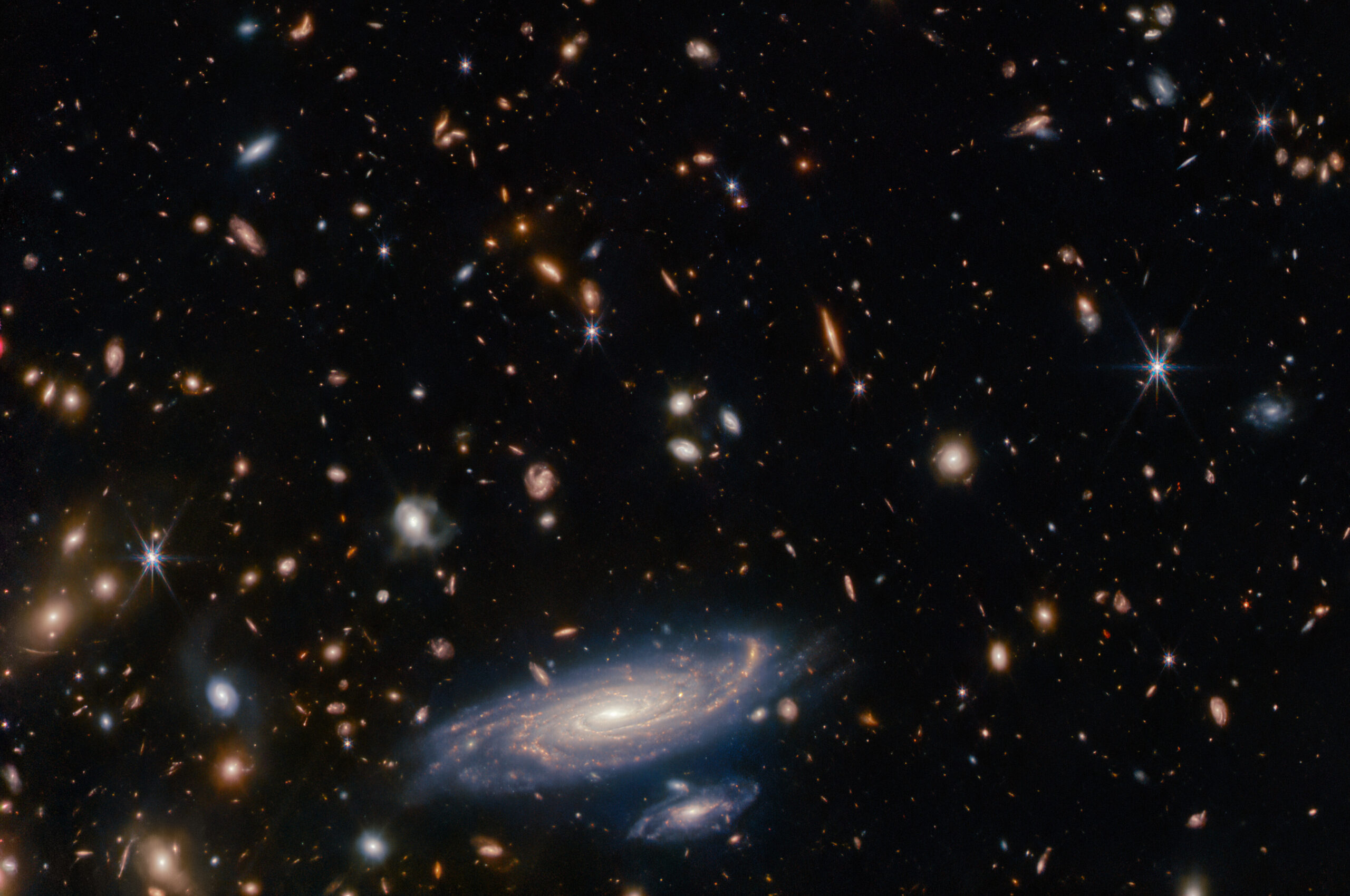The Moon has been Earth’s steady companion ever since about 4.4 billion years ago. The age of the Moon and just how it formed is still a matter of intense scientific debate and research. Soon after the return of the first Apollo lunar samples, early hypotheses of the formation of the Moon (co-accretion, fission, and capture) have mostly been discarded in favor of the giant impact model, whereby a collision between a Mars-sized body with proto-Earth led to vaporization of the outer rock layers, expansion of the vapor cloud, and, ultimately, cooling and accretion of a comparatively iron-poor planetary body in orbit around Earth. Geophysical evidence for a small iron core and petrological evidence for an early lunar magma ocean lend credibility to the hypotheses. The giant impact model also predicts that the Moon consists predominantly of impactor mantle material. This implies that the Moon should be isotopically distinct from Earth, but isotope data for lunar samples have convincingly shown that it is not. This “lunar isotopic crisis” has led to the development of a new generation of giant impact models, in which the Moon either formed mostly from Earth’s mantle or isotopically equilibrated with the Earth after the giant impact. However, whether or not these models can account for the high degree of isotopic homogeneity of the Earth and Moon remains a matter of debate.
The analyses of lunar samples not only provide clues to how but also when the Moon formed. Although the giant impact cannot be dated directly, the age of the Moon can be determined by dating the solidification of the lunar magma ocean. Yet, there is debate about how the ages of the distinct crystallization products of the magma ocean can be tied to the age of the Moon. The most recent results provide a Moon formation age of 4.425 ± 0.025 billion years, which is remarkably similar to the combined hafnium-tungsten and uranium-lead age for core formation on Earth. This suggests that the Moon-forming impact triggered the last major core formation event on Earth, as predicted in the giant impact model.
Thorsten Kleine is a professor for Planetology at the University of Münster, Germany. He is a member of the North-Rhine Westphalian Academy of Sciences, Humanities and Arts, a fellow of the Meteoritical Society, recipient of the F.W. Clarke Award of the Geochemical Society, of the Victor Moritz Goldschmidt Award of the German Mineralogical Society, and of the Nier Prize of the Meteoritical Society. Thorsten Kleine specializes in isotopic studies of meteorites, lunar, martian and terrestrial rocks. His work is highly cited and is supported by an ERC Consolidator Grant. Since 2020 he is speaker of the DFG-funded collaborative research center “Late Accretion onto the Terrestrial Planets”, which investigates the late growth history of the Earth and Moon.
This webinar was recorded on July 1, 2021
